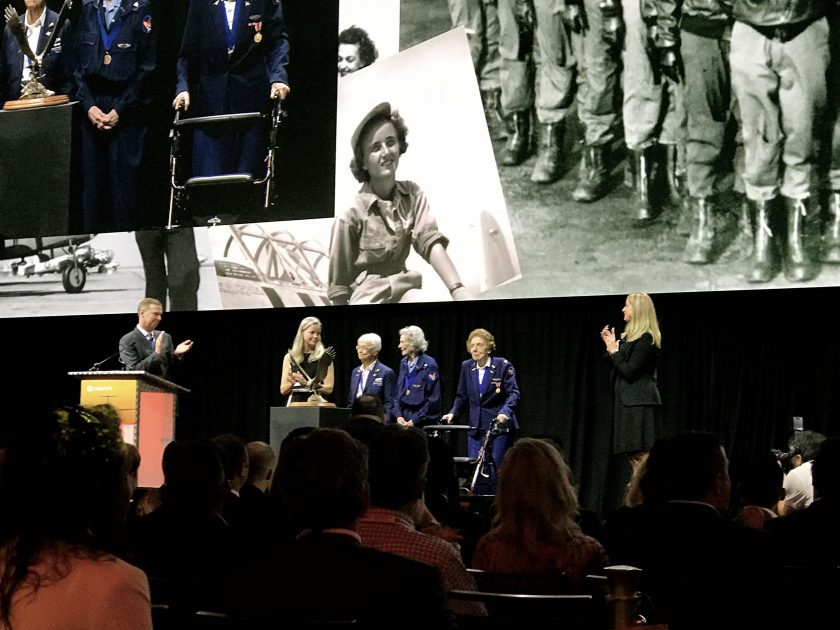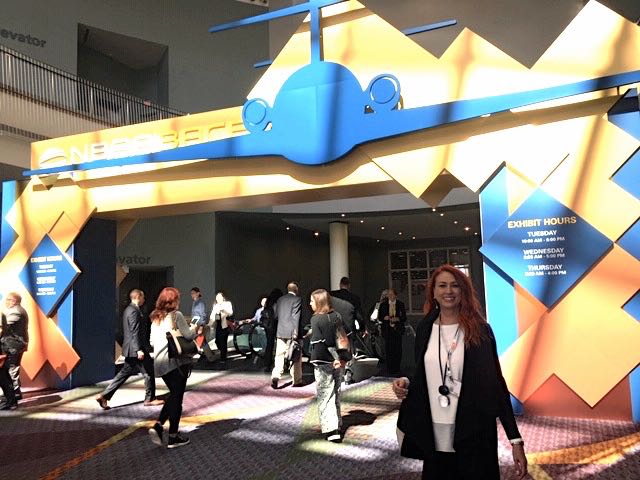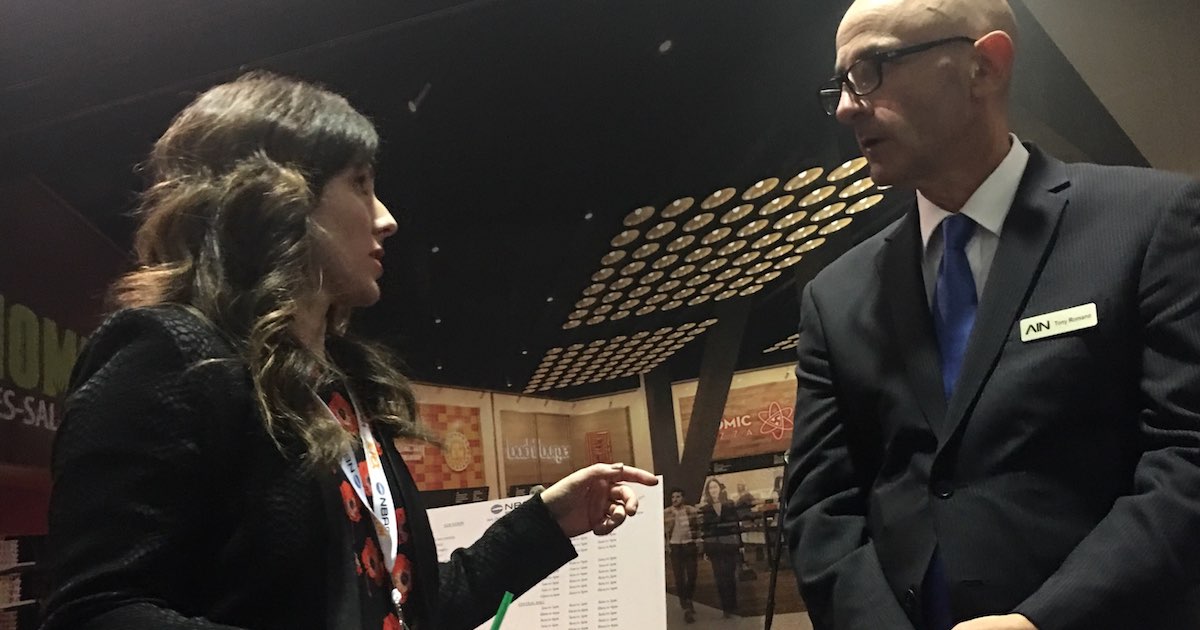BizAv Means More Than Business at NBAA 2018
Deals were made. Relationships, strengthened. Educational sessions, attended. Advanced technologies, debuted. The 2018 National Business Aviation Association’s Business Aviation Convention & Exhibition (NBAA-BACE) is always good for business. Yet, more than ever, NBAA 2018 boosted more than the bottom line. It ignited imaginations and elevated spirits.
Discarding Assumptions to Rise Higher

Clean-energies proponent and aviation innovator Bertrand Piccard captivated us with his keynote message. Piccard and Brian Jones made the first-ever nonstop flight around the world in a balloon, the Breitling Orbiter 3, in 1999. It took them 20 days and almost 8,000 pounds of fuel. Then he and copilot Andre Borschberg circumnavigated the globe in a glider, the Solar Impulse, in 2016. They flew 40,000 km without a drop of fuel. Solar energy powered the glider’s four electric motors and their propellers without polluting emissions or noise.
Piccard said there was a moment when he thought, “This is science fiction, I’m in the future,” then realized, “No, I’m in the present. This is what the technologies of today already allow me to do. The rest of the world was in the past.”
The experts said it couldn’t be done, so he turned to outsiders for funding and glider design. “the people who made the best candles did not invent the lightbulb,” he said. “You have to go through moments of frustration and humiliation when you’re doing something never done before. … The only people to laugh are the people who do not try.”
Changing minds and shifting paradigms is like flying a balloon, he said. In order to climb, you must drop ballast or weight. “Innovation comes when you throw away an old belief,” he said. Piccard predicts that electric airplanes will be flying up to 50 passengers by 2026. “The countdown has started.”
Hard-Earned Recognition – 75 Years Later
Wichita’s Russ Meyer presented NBAA’s Meritorious Service to Aviation Award to the Women Airforce Service Pilots (WASP). WASP granddaughter Erin Miller accepted the award. After her grandmother Elaine Harmon’s wish to be buried at Arlington was denied, in 2016 Miller spearheaded legislation that secures inurnment rights at Arlington National Cemetery.

The WASP organization, founded in 1943, helped the United States fill the need for more pilots. WASP flew every aircraft the Army had. They ferried planes, towed gunnery targets, transported equipment and personnel and flight-tested aircraft. More than 1,100 WASP served at more than 120 bases and flew more than 60 million miles before the program was suspended in December 1944. Thirty-eight WASP lost their lives and one disappeared on a ferry mission.
As civil service employees, WASP didn’t qualify for military benefits. Members personally paid for their own dress uniforms, room and board and transportation to training. WASP records were classified and sealed for 35 years, masking these women’s wartime contributions. After lobbying efforts, in 1977 the records were unsealed and veteran status granted to WASP members. Today, there are roughly 40 surviving WASP. The three who attended the NBAA 2018 presentation – dressed in uniform – earned a standing ovation.
These women showed they had the right stuff when times called for their service. As we work to encourage more men and women to consider careers in aviation, it’s good to recall those who came before. And to let them inspire future generations.
This column originally ran in the Oct. 25, 2018, issue of BlueSky News.








See all of Greteman Group’s photos in our NBAA Facebook album.




